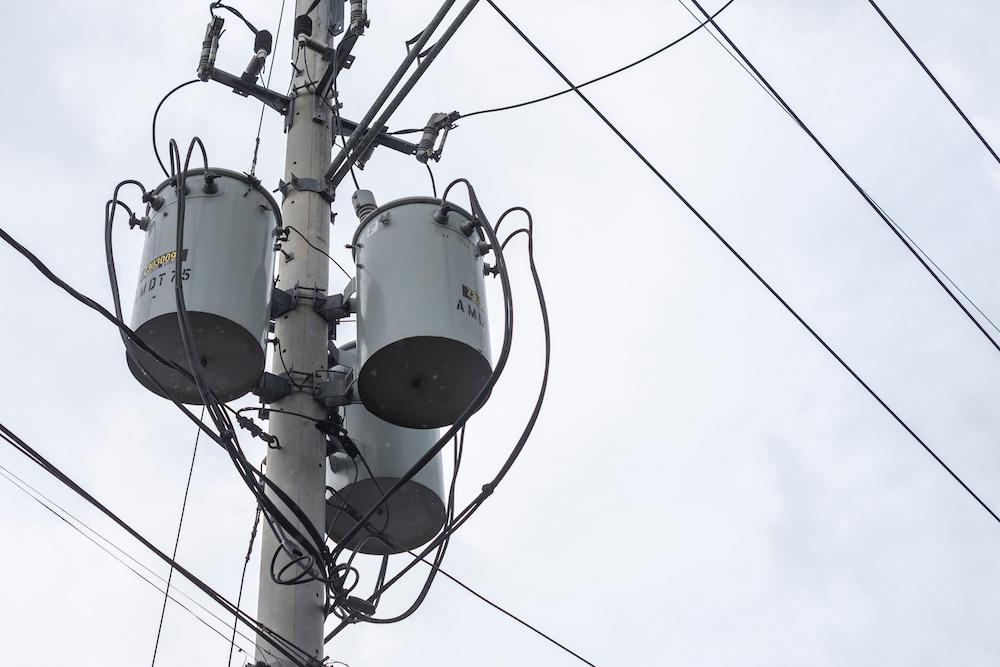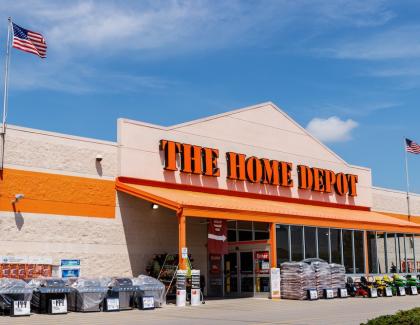Across the industry, despite improvements in lead times and availability, there are lingering reports of building product supply chain disruptions—which are, in some cases, admittedly more anecdotal than rooted in readily available data. As a supplement to our 2023 State of Supply Chains, we've collected a number of those reports below.
Transformers
“Number one, without a doubt, is transformers. That’s been number one on my radar for a few months now,” NAHB senior economist David Logan says. “It represents a kind of existential threat to new development. You can’t even start developing a neighborhood without a distribution transformer.”
It’s a problem that Kevin Wilson, who heads strategic sourcing and sustainability for national builder Tri Pointe Homes, a firm that deals exclusively in large developments, says he's dealing with daily.
“Before, lead times for transformers was four months, and that was very easy to work around on our side. Often times we would have a plethora of them and we could lay out an entire community and not think twice about it,” he explains. “Those days are long gone, and we don’t see any solution to that in the near term.”
In a recent survey from the American Public Power Association (APPA), a not-for-profit, service organization representing utilities powering over 2,000 towns and cities in the US, the group found that between 2020 and 2022, average lead times for distribution transformers rose more than 400%, from two to three months to about 12 months. An increase that Wilson confirms, saying, “Yeah, we’re at about a year lead time for that product.”
With no obvious recourse, builders facing this shortage are left with little option.
“We’ve broken up some of our land development work to try and get around the extended lead times. If it’s a 100-unit community, we don’t need to energize the whole hundred. So we can energize 20 homes today and then the next 20 in six months, matching our production schedule,” Wilson explains. “But mostly, we’re just ordering way in advance—earlier than we ever have before.”
Windows and Doors (and Garage Doors)
Behind transformers, there are a few other product categories jockeying for the unfortunate distinction of having their supply chains most significantly disrupted. Windows and doors certainly have a fair claim. Though, delays in this category may be relative to location or the type of construction being done.
Some manufacturers, acknowledging scattered instances of delays, say that their lead times have returned to pre-pandemic levels.
“Till now, things have obviously gotten better, but it’s a continuous process,” says Doug Klahsen, senior manager of corporate supply management for window manufacturer Pella. “There’s a lot of varied lead times across all the potential suppliers, but without getting into specifics, we’re back or nearly back to what they were pre-pandemic.”
But NAHB economist Logan, who regularly speaks to builders from around the country, describes windows and doors as largely being “a constant headache” since the pandemic began. “What we’re hearing for lead times on windows and doors is upwards of six months to a year.”
Rob Myers, owner of Myers Homes and who’s been building in the Greater Cleveland market for more than two decades, is one of those builders experiencing delays. “I used to get windows usually within four to five weeks,” he explains. “Now, depending on the manufacturer, it’s anywhere from 12 to 18 weeks. And the issue is similar with doors, which used to come in one to two weeks and now lead times are closer to that of windows.”
“For windows and door products, our lead times are pretty significant,” says Ryan McDaniel of Brandon Architects, a custom design firm out of Costa Mesa, Calif.
McDaniel’s admittedly orders a lot of custom window and door products, which tend to run longer lead times even in the best of times. But he adds that comparatively it’s still an extended wait for product. “Pre-pandemic we were getting window and door products in around 18 to 20 weeks. Today, it’s closer to 30 to 34 weeks.”
NAHB's Logan furthermore makes sure to point out delays with garage doors. “I’d be remiss if I didn’t specifically mention garage doors,” he says. “I’ve heard stories from members about not getting garage doors until closing day for homes.”
But like issues with windows and doors, the problem may be, in part, relative to location. Wilson of Tri Pointe Homes explains, “Garage doors are still a little tougher for us to get, but it’s tougher in some markets than others.”
Appliances
“Appliances in general have been an issue throughout the pandemic,” Logan, an economist, says. But again the issues, like other categories, appear to vary by severity and circumstance.
Some reports of appliance-side disruptions are relatively benign, like in the case of Tri Pointe Homes. “I would say appliances are fine,” Wilson says. “Except for in the case of this GE range top we’ve tried ordering but can’t get because there is a gas valve component the manufacturer can’t get from its supplier.”
Other reports speak to a much more disruptive problem.
Custom builder Myers describes a scenario in which greatly extended lead times for appliances are being made worse by unexpected price hikes. “We have customers that we’ve done kitchens for, where the kitchen is done but we can’t get their refrigerators and won’t have them until maybe the end of this year,” he explains. “And we’ll order appliances at a certain price and the manufacturer then isn’t willing to honor that price anymore because there has been a price increase somewhere else along the road. It leaves us with the choice to either cancel the order on something the client wants, push the price on to them, or eat the cost. We’re kind of stuck.”
Steve Proctor, director of sales and marketing for True Residential, a luxury refrigerator manufacturer, admits that while his company has largely returned from its 20-plus-week lead times during the pandemic to pre-pandemic lead times of 12 to 13 weeks, he’s familiar with the ongoing problems in the space. “I am hearing about supply chain issues from our competitors, where products still haven’t been delivered after 12 months.”
Masonry
Another category experiencing prolonged disruption is masonry materials.
“A lot of clay or masonry material, like brick and concrete, are experiencing significant disruption,” Logan says. “As is ready-mix concrete.”
Anything to do with aggregates, Logan says, is currently experiencing acute price instability. For 40 years, he explains, ready-mix concrete prices rose at a steady annual rate of about 2%. But a year into the pandemic, prices began climbing—and then kept climbing. “Ready-mix concrete prices are rising at a rate we’ve never seen before.”
In 2021, ready-mix concrete prices rose 9%. In 2022, they rose 13%. Eight months into 2023, they appear to be rising still.
Other Categories Worth Mentioning — Insulation, HVAC, Cabinets, Siding, Roofing
It’s worth mentioning that even though many product categories have found at least some semblance of logistical stability in our post-pandemic era, there remain scattered reports of continued disruptions within those same categories.
“We’re still having localized issues,” Tri Pointe Homes’ Wilson admits. “It might be concrete in Seattle. It might be insulators or insulation in Phoenix.”
Ohio builder Myers admits that, for his firm, cabinets are an issue as well as siding and roofing products. “We’re seeing that limited selections on products are the worst in the roofing and siding space.” A result, no doubt, of SKU optimization and allocations.
NAHB’s Logan is keeping a close eye on the HVAC market. “HVAC supply chains have experienced significant disruption,” he says. “Eighteen months ago, we really started to see that getting into critical areas, as far as shortages are concerned.”
But while there remain reports of disruption throughout the industry, by and large the atmosphere is one of optimism.
“If you asked me where supply chains are today, at least from an availability standpoint, we’re about back to pre-pandemic levels,” says Freddie Miller, head of supply chain for ProVia. “That’s probably the case across most categories.”








Add new comment